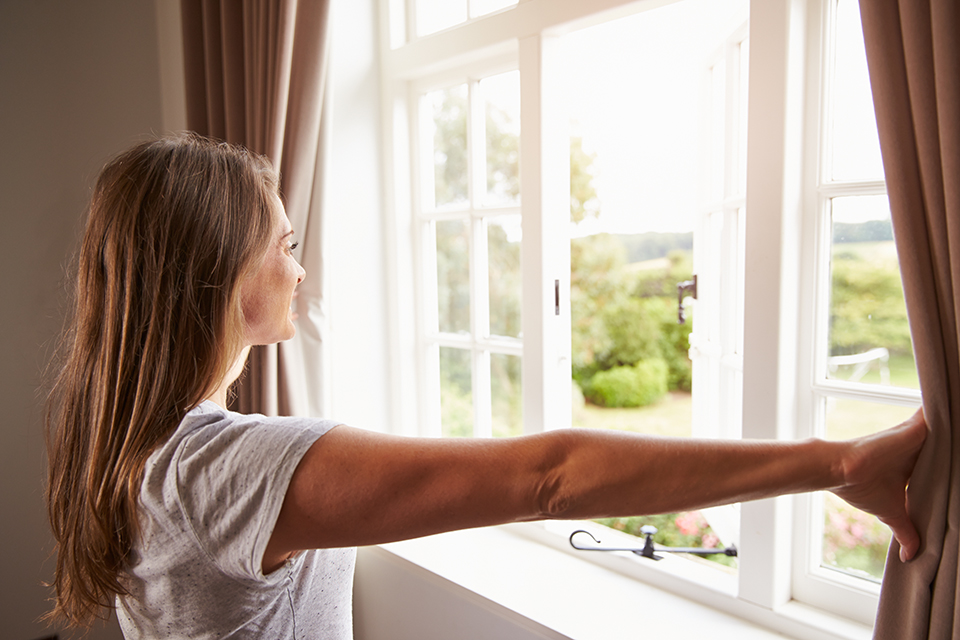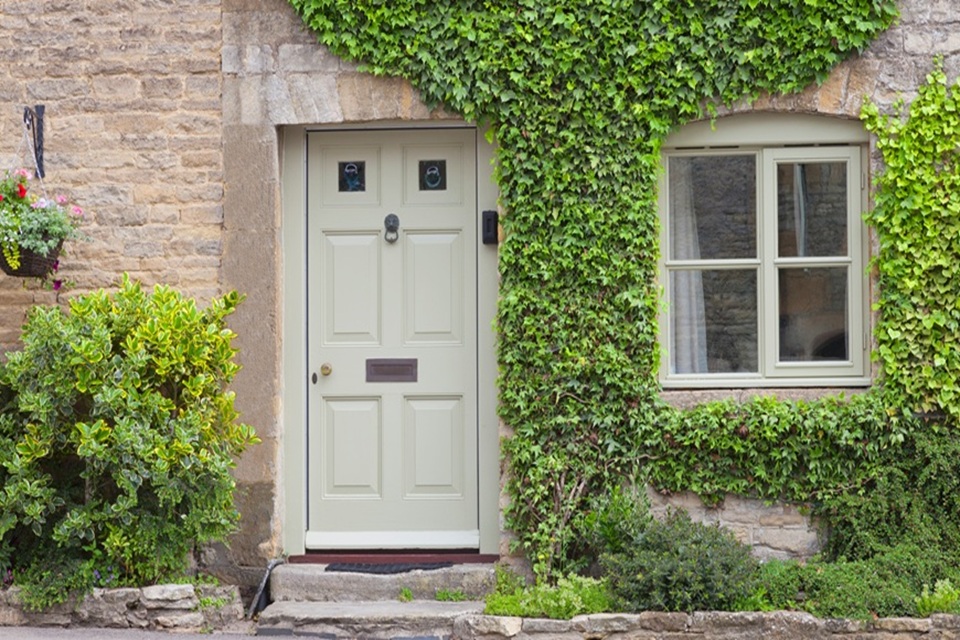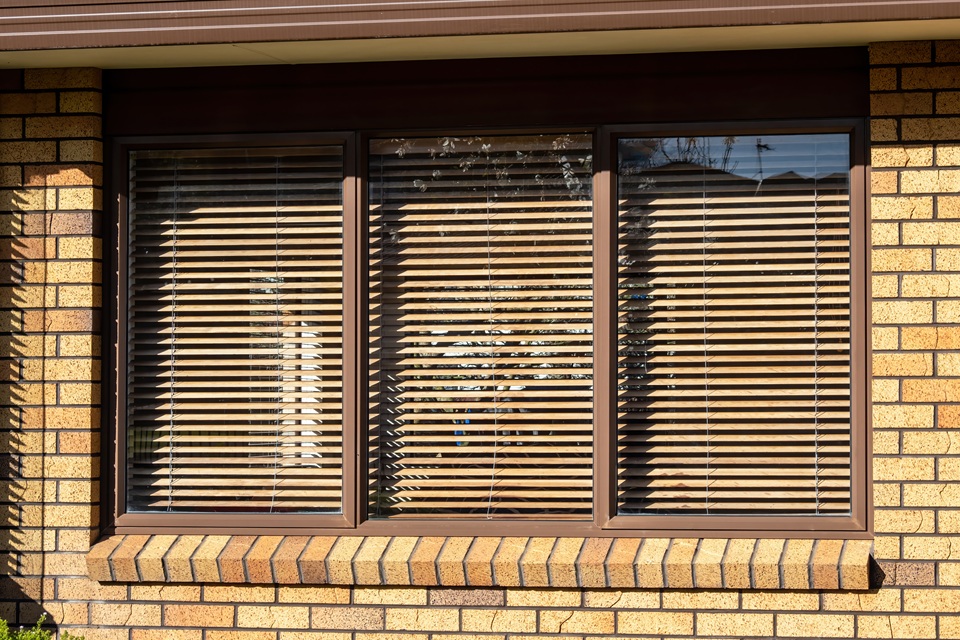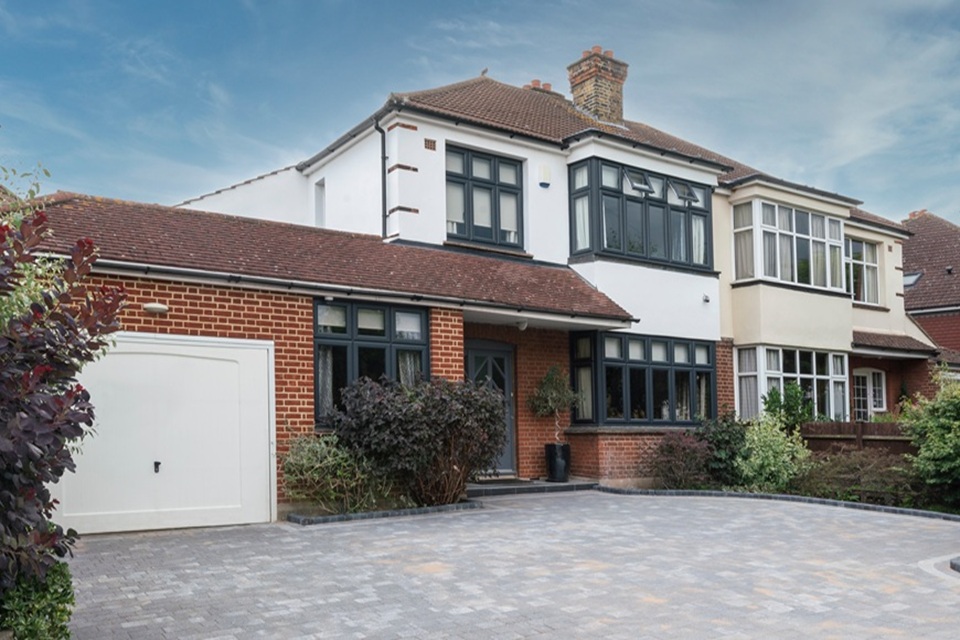How Much Does a New Window Opening Cost?
First, let’s look at what it costs to create a new window opening…
Should you wish to have a new window opening and a new window installed, expect costs to be somewhere in the range of £540 to £3,225.
It costs around £540 to £1,380 per uPVC casement window, with prices rising to about £665 to £1,690 for a tilt and turn window or £790 to £2,000 for a sash window.
You’d need to budget for about £1,290 to £3,225 to have a bay window installed.
In terms of the frames, timber-framed windows cost about 1.5 times as much as a uPVC framed window to install, whereas an aluminium framed window installation is roughly 1.25 times as dearer than a uPVC framed installation.
The cost to create a new window opening can also depend on a range of other factors (we'll touch more on this later).
New Window Opening Prices
| Type of Windows | Labour Cost | Supply Cost | Total Cost |
|---|---|---|---|
| uPVC Casement | £40 to £150 | £500 to £1,230 | £540 to £1,380 |
| Tilt and Turn | £40 to £150 | £625 to £1,540 | £665 to £1,690 |
| Sash | £40 to £150 | £750 to £1,850 | £790 to £2,000 |
| Bay | £40 to £150 | £1,250 to £3,075 | £1,290 to £3,225 |
- How Much Does a New Window Opening Cost?
- What are the Supply Costs for a Window Opening?
- What are the Additional Costs of Building a Window Opening?
- Tradesmen Costs for a New Window Opening
- How Long Does It Take to Install a Window Opening?
- Types of Window Openings
- How Much Does It Cost to Fill a Window Opening?
- FAQs
- Sources
What are the Supply Costs for a Window Opening?
Looking now at the supply costs of a window opening, this excludes the labour costs and additional expenses such as that waste removal.
The supply costs (a.k.a. material or standalone costs) would make up most of your bill when having a new window installed along with a window opening. For a uPVC Casement window, you can expect to pay around £500 to £1,230 in supply costs.
The material costs would land around £625 to £1,540 for a tilt and turn window, £750 to £1,850 for a sash window, or £1,250 to £3,075 for a bay window.

The material costs would be particularly relevant if you were interested in undertaking this working DIY as it gives you a sense of what you'd pay to buy the supplies from the provider directly.
Of course, you should undertake this job if it is safe and legal (i.e., you meet the building regulations and any planning permission approval that is necessary is granted) and you have the necessary skills/knowledge as well as an understanding of the safety precautions you should take.
You may also have to factor in the cost of tools and equipment if you don't have the ones you'd need for this job. Overall doing it as a DIY job might save you some cash, although you're looking at only saving about £150 at best.
What are the Additional Costs of Building a Window Opening?
When hiring professionals for creating a new window opening and installing a window, you may be interested in paying for additional jobs at the same time. Let’s have a look at some relevant examples.
Painting/Decorating a Room
You may also be interested in having a room painted or/and decorated before a new window is fitted. This could add to the enhancement of said room. It’s important to take into account the light from the new window opening when choosing the right paint colour(s) for the room.
It would cost about £15 to £25 per m2 to have new skirting boards installed, whereas internal cladding costs around £1,500 to £2,500 and the average cost of hanging wallpaper stands at £180 to £600.
To have a small room painted would set you back about £180 to £300 with the prices rising to £350 to £550 for a medium room or £600 to £800 for a large room.
New Flooring
Another way to freshen up a room is by replacing the existing floor with something of a higher quality. Of course, the price of a new floor can vary greatly depending on the size of the floor and the material used.
New Lighting
You may also be interested in having new lighting installed. To have a light fitting replaced would cost about £30 to £60, as would having a dimmer switch installed. Either of these jobs should take an hour or so.
To have downlights installed in a kitchen costs between £120 and £450 on average and takes around 4-8 hours. To have loft lights fitted, expect it to cost around £60 to £170 and take between two and three hours.
Tradesmen Costs for a New Window Opening
A smaller element of the overall cost of having a new window opening created (and a window installed) is that of labour. With a cost of about £20 to £30 per hour, a window installer is likely to spend between £40 and £150 in total to install a window, assuming the job takes somewhere between two and five hours.

The labour cost would make up around 5-10% of the overall cost of the work involved. Of course, the price of labour will depend on various factors, including the region you live in.
Labour rates tend to be higher in London and the southeast of England but below the national average in regions such as Scotland, northern England and Northern Ireland.
How Long Does It Take to Install a Window Opening?
We'll now discuss the time it takes to install a window opening and a new window. As mentioned, it's likely to take between two and five hours in total. A small window would take about two hours to fit, but larger windows could take up to half a day or more.
Other factors that would shape the timeframe of the work are the size of the area, the type of window opening being created and ease of access to the work area.
Duration of Installing a Window Opening:
| Job Description | Timeframe |
|---|---|
| Small Window | 2-3 hours |
| Medium Window | 3-4 hours |
| Large Window | 4-6 hours |
Types of Window Openings
But what about the nature of the window openings themselves? Let’s have a look at the different window opening types, including their pros and cons.
Hinged Door Openings
First and foremost, you may want to get a window with a hinged door opening. This is the common type of window opening; it simply lets you push the window open or pull it close thanks to the use of a hinge system (or vice versa if it opens internally rather than externally, as is usually the case).
These windows may come in pairs and may not necessarily be the same size. Hinged door openings can support French windows.
Pros
- Easy to open and close
- Great air/water tightness
Cons
- Without specific mechanisms, they do not enable you to regulate ventilation
Tilt and Turn Window Openings
Tilt and turn windows or vasistas window openings (with a flap opening) enable a rotating opening movement surrounding the lower horizontal axis. This ensures that there will only be a partial opening.
This is possible since it opens just with a slot in the upper stage of the window. As a result, the window compartment cannot be opened.
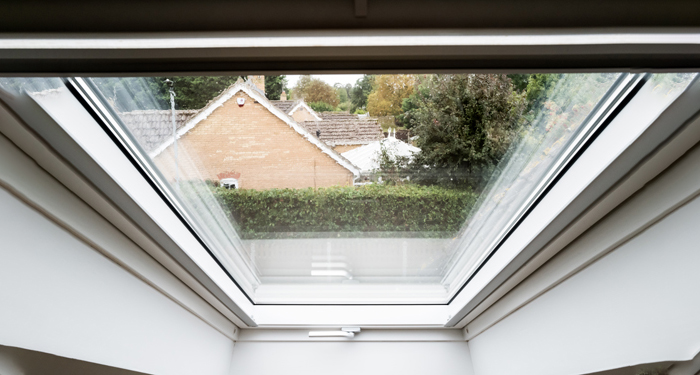
There are two options if you want a vasistas window opening, those being an internal one (with an internal flap or an external vasistas (with an external flap).
Tilt and turn windows are well-suited if there is limited ventilation needs to address.
Pros
- Easy to open and close
- Great ventilation
Cons
- May hinder any internal darkening systems
- When switching from one ace of rotation to another, the hinges will be delicate
Vertical Pivot and Horizontal Pivot Window Openings
Pivot doors comprise one glass panel that can open with a movement around a given axis (generally fixed at the middle of the window).
Windows with a pivot opening can open fast and with ease, securing air exchange. A pivot window opening enables internal air to exit from the bottom while allowing clean air to enter a home from the outdoors.
Pros
- Great ventilation
- Easy to open/close and handle
- Ease of maintenance
Cons
- Brings a bit more dangerous when opening
- It can be tricky to lock
- May inter with darkening systems
How Much Does It Cost to Fill a Window Opening?
You may decide eventually to have a window removed and fill the accompanying window opening.
This could be because you no longer have a need for a window, or alternatively, you may want to replace the window opening with a different type of opening.
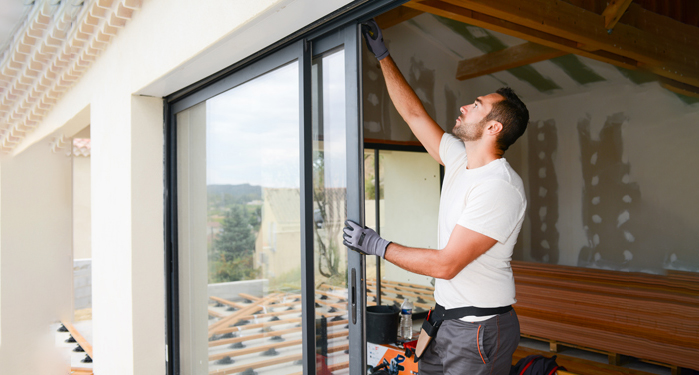
To simply replace a window, you’d be looking at paying somewhere in the range of £500 to £3,500 or thereabouts.
This would include any waste removal expenses, which would be approximately £80 to £120 if, for instance, you hired a skip.
FAQs
Q: Do I need planning permission for a new window opening?
A: You may need planning permission for a new window opening, especially if the window is to be fitted to the side of a property or otherwise would overlook your neighbour's property or several neighbouring properties, for that matter.
If in any doubt, contact your local council. Also, if you live in a conservation area or listed building, then planning permission approval would certainly be needed.
Q: When it comes to the Building Regulations, must bedroom windows open?
A: Yes, due to fire safety, steps must be taken to allow for an emergency escape through a door or window in any habitable rooms on a property.
To comply with the regulations, windows ought to have an unobstructed openable area of no less than 0.33mm squared and a height or/and width of no less than 450mm.
There are various building regulations and planning permission rules to consider when building a new window opening.
If you’re undertaking the project by yourself (so long as you have the right skills, knowledge and safety understanding for this specific work), you’ll need to be aware of the regulations and rules.
If in any doubt, contact your local council for further advice.
Q: What is a good height for a window from the floor in a room?
A: In general, it’s preferable that a window be around 60-90cm from the floor. The top of a window should be at least 40-46cm from the ceiling.
Q: How far is too far when it comes to a window opening?
A: If a window is large enough that a person might fall out, they should be restrained in a way that is sufficient to avoid tragedy.
The opening should extend no more than 100mm. Window restrictors can be disengaged, but it should only be possible with a special key or tool. You can find more information on safety relating to window falls via the HSE government website.
Q: How long do windows tend to last before they need to be replaced?
A: New windows of decent quality should last for around 15-20 years before they'd need to be replaced. Of course, this could depend on a range of factors, including how well they've been looked after.
Sources
- https://www.everest.co.uk/double-glazing-windows/new-windows-cost/
- https://www.doubleglazingontheweb.co.uk/news/what-is-the-average-price-for-new-windows/
- https://www.warwickdc.gov.uk/info/20375/building_regulations/1140/renovating_your_home/8
- https://www.hse.gov.uk/healthservices/falls-windows.htm
- https://www.clerawindows.com/blog/how-often-do-you-need-to-replace-your-windows/

